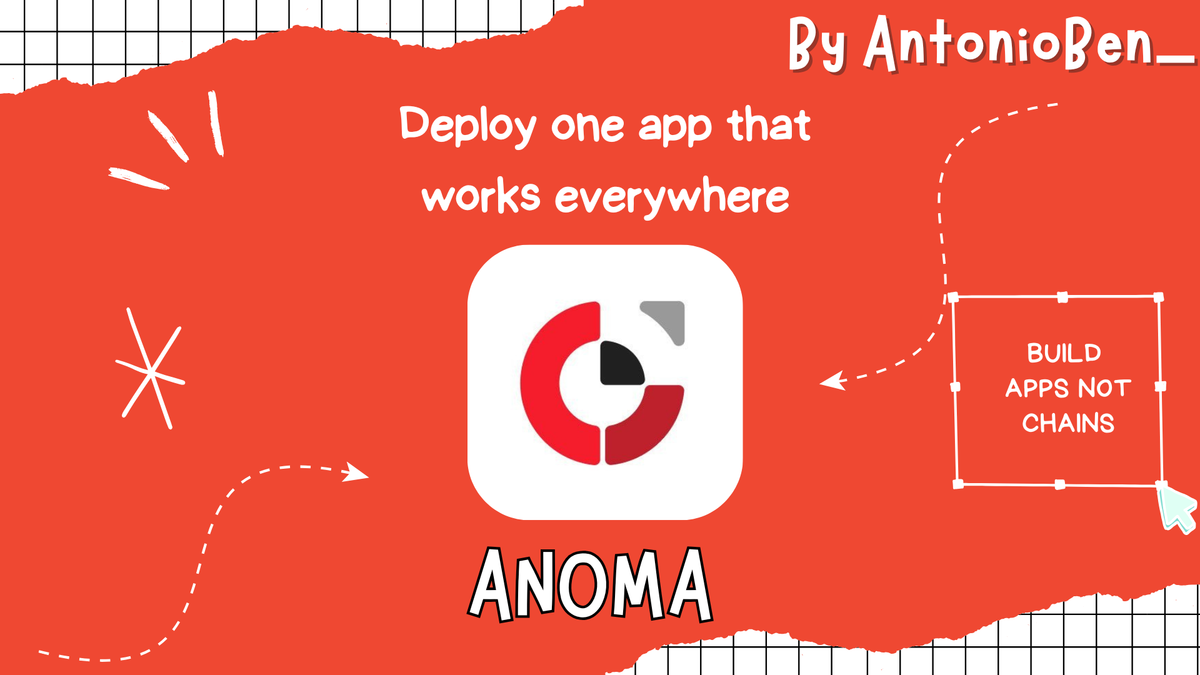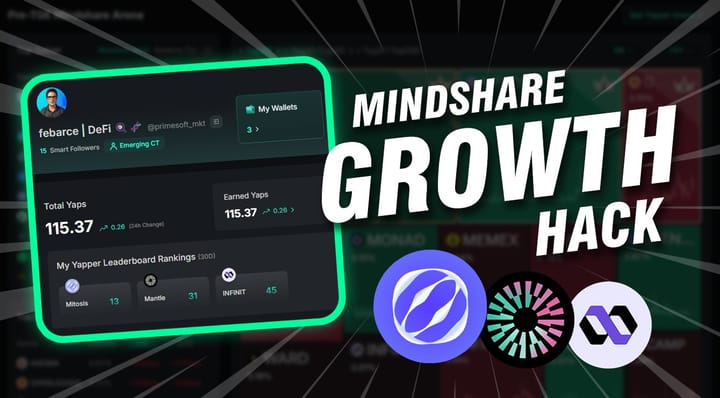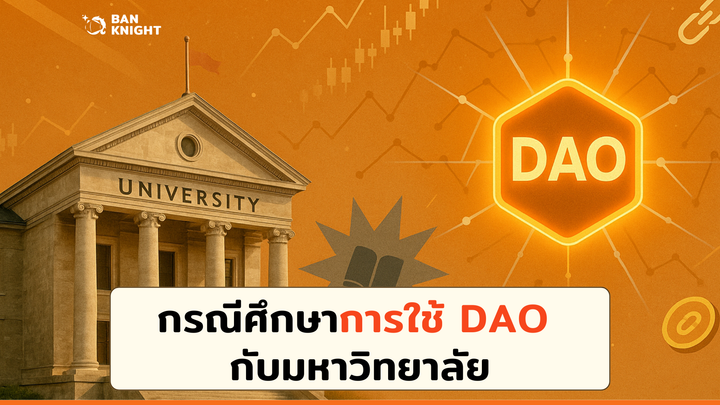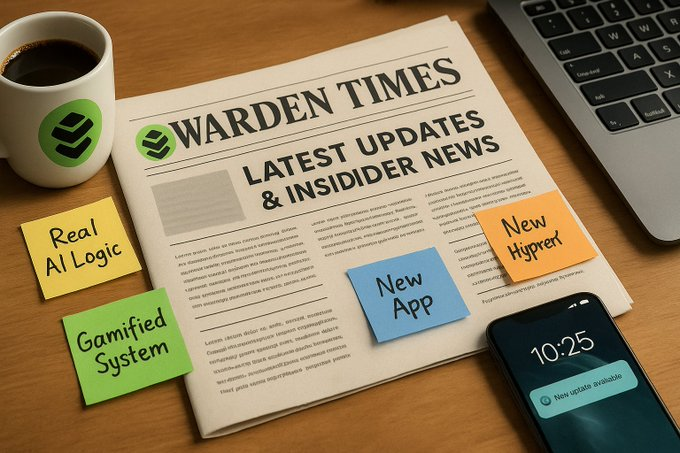Kaito Pre-TGE project PT4: ANOMA

INTRODUCTION
Blockchains today work like step-by-step machines. If you want to do anything like swap tokens, join a vote, or buy an NFT you must follow a very specific sequence.
You go to a specific app, like Uniswap for trading or OpenSea for NFTs. Then you connect your wallet, pick the correct options, set slippage, sign a transaction, and wait for it to go through.
If you miss a step, your transaction might fail. If the network is too busy, you might overpay. And if someone else moves faster, you could lose money.
In short, blockchains today are built more for programmers and developers than for regular people. You must know exactly what to do, and how to do it, in the correct order.
Anoma wants to change that.
What Is Anoma Trying to Build
Anoma is creating a completely new kind of blockchain system. One where people do not have to give instructions step by step. Instead, people only need to express what they want, and the system will figure out how to make it happen.
In technical terms, this is called intent-centric architecture.
But to put it in simple words: you say what you want, and the network works to match your desire with someone else's. The rest happens behind the scenes.
Think of it like walking into a public marketplace and saying, “I want to trade my coffee for apples.” You do not need to find the apple seller yourself. The network helps match you with someone who wants coffee and has apples. That is the kind of world Anoma is building.
What Are Intents
In Anoma, everything starts with something called an intent.
An intent is just a message that says what you want to do.
For example, you might say:
“I want to trade 5 ETH for at least 15,000 USDC.”
This message is signed by your wallet, but it is not a transaction yet. It is just an idea. You are not pushing any buttons or spending any money yet. You are simply sharing your desire with the network.
This intent is sent out into a special communication network where others can see it and try to match it.
How Matching Happens
Once your intent is sent out, there are special computers called matchmakers or solvers that are always watching the network.
These matchmakers do the work of finding people with compatible intents. They are like helpers who solve a puzzle.
If they see someone who wants to sell USDC for ETH, they can match your intent with theirs. If needed, they can also combine multiple people’s intents together to build a larger solution.
For example:
- Alice wants to trade ATOM for DOT
- Bob wants to trade DOT for ETH
- Charlie wants to trade ETH for ATOM
A matchmaker could take all three intents and create a loop that satisfies everyone. Then it submits the full solution to the blockchain to be confirmed.
You did not need to talk to Bob or Charlie. The network solved it for you.
How Intents Are Shared Safely
Before anything is confirmed on-chain, intents are shared off-chain using something called a gossip network.
This is like a group of computers quietly talking to each other in private. They spread intents around in a secure and private way, without making them public on the blockchain until everything is ready.
This protects you in many ways:
- No one can front-run your trade.
- Your financial actions are not exposed to the world.
- You do not need to broadcast your move until a deal is confirmed.
Only when the match is found does the system build the actual transaction and send it to the blockchain.
How Privacy Is Protected
Privacy is one of the most important parts of Anoma.
In many blockchains today, everything you do is public. Anyone can see what tokens you own, how much you traded, and who you traded with. This can be dangerous and unfair.
Anoma solves this using zero-knowledge cryptography. That means you can prove something is true like owning a token or agreeing to a trade without showing the details.
So when you send an intent, others know it is valid, but they do not see all your data. You stay in control of your privacy.
Even when a trade is settled, the important parts are hidden unless someone needs to know.
What Are Fractal Instances
Anoma is not just one blockchain. It is a system of many small blockchains that can talk to each other. These are called fractal instances.
Each instance can:
- Run locally, like for a small community or DAO
- Connect with other instances when needed
- Share logic, so you do not need to rewrite everything
- Settle across chains safely and instantly
This system allows users on different blockchains to interact without moving their assets or relying on centralized bridges. Instead, everything is coordinated through the shared intent architecture.
This means you can have one intent that settles across Ethereum, Cosmos, and another chain at the same time with full atomic security.
Why Anoma Is a Big Deal
Anoma changes the entire way we interact with blockchains.
It is not just faster or cheaper. It is fundamentally more human.
It allows:
- People to state what they want
- The network to discover matches and possibilities
- Privacy to be protected from start to finish
- Cross-chain coordination to happen safely
It creates a new kind of economic and social system where you do not need to know who you are dealing with. You only need to know what you want and trust the system to help find the best way to fulfill it.
In a world of fragmented apps, exposed data, and complex steps, Anoma offers something better.
It offers freedom, flexibility, privacy, and intelligent coordination.



Comments ()